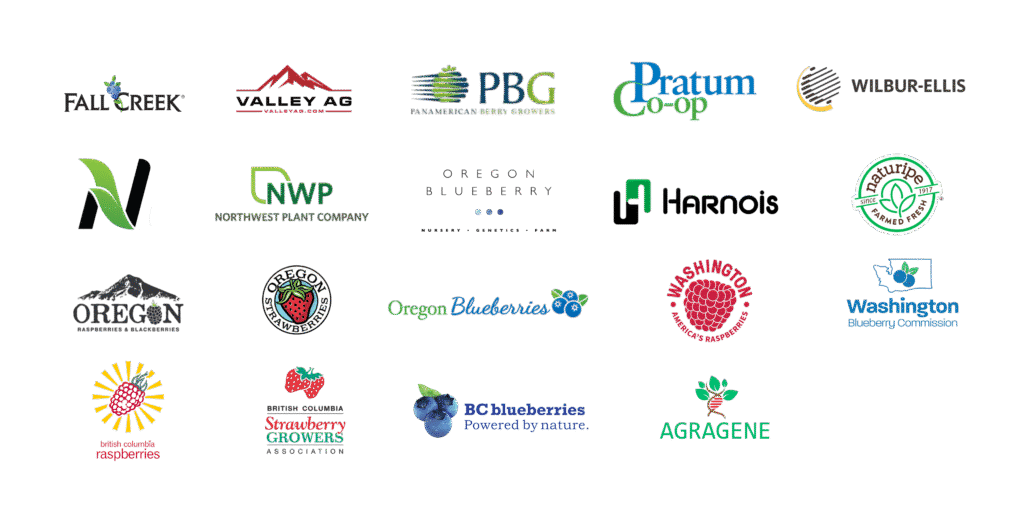bird control
Nesting Boxes
Nesting boxes attract raptors and other beneficial birds that offer many ecological benefits to a grower’s field.

Owl, kestrel and blue jay nesting boxes attract raptors and other beneficial birds that offer many ecological benefits to a grower’s field. Owls are beneficial for hunting voles, mice and the occasional small bird; blue jays devour insects, and kestrels maintain a diet that is approximately 90% mice and 10% bird. This guide focuses on kestrel boxes.
If there are plenty of cavities around, you may not need to add kestrel boxes, but it certainly doesn’t hurt.
Try to get your bird boxes up before winter, as raptors choose nesting sites in winter before other birds.
Nesting boxes require diligent monitoring. If you don’t check your boxes on a regular basis, starlings may nest in them. On the flip side, kestrels are very territorial during their nesting season and have been known to rip starlings right out of a box on their own.
Box Specifications
The size of the box’s opening can affect whether or not a kestrel will find the box suitable to live and nest in.
Kestrels are territorial and will kick out other birds during the kestrel nesting season if kestrel boxes are set too closely together. The size of this territory depends on quality of the territory. That is, if a pair of kestrels have adequate hunting grounds within a few acres, you may be able to space the boxes more closely together. A rule of thumb is that 1 kestrel pair will tolerate a 10 acre territory in low quality habitat.
Box Placement
Place kestrel boxes where kestrels have access to a variety of food sources, such as starlings, voles and mice. Positioning boxes between a field and a dairy, for example.
Boxes should face east because sun or moonlight on the front of a box can attract an occupant.
An area with a lot of trees is not ideal for a kestrel, as Coopers hawks may prey on kestrels.
Kestrels stay together when young and chase.
Kestrels migrate and reside.
Kestrels may die in first year.
